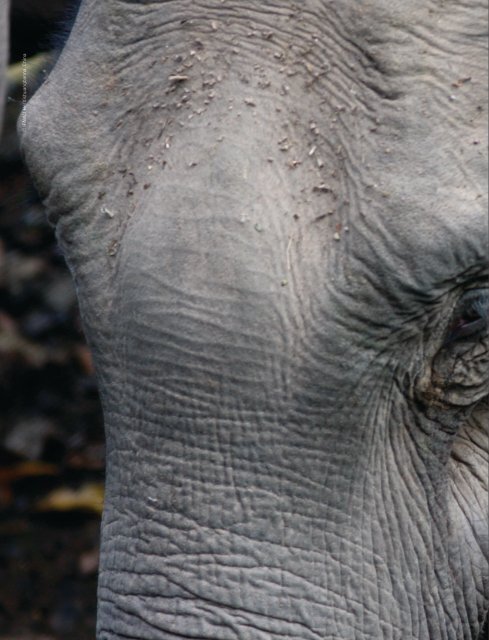ELEPHANTS & IVORY
ELEPHANTS & IVORY
ELEPHANTS & IVORY
You also want an ePaper? Increase the reach of your titles
YUMPU automatically turns print PDFs into web optimized ePapers that Google loves.
© IFAW/J He/Xishuangbanna, China<br />
Modern elephants are the only surviving members<br />
of the ancient mammalian order Proboscidea.<br />
Proboscideans originated in the Cenozoic Era, some<br />
60 million years ago. 1 Once a diverse group of large<br />
herbivores, with at least 175 species and subspecies<br />
belonging to 42 genera and ten families described in<br />
the fossil record, 2 they spread to all parts of the planet,<br />
except for Australia, New Zealand and Antarctica. 3<br />
Today, only three recognized species remain. They are<br />
restricted to parts of Africa and Asia and represent the<br />
largest of all living terrestrial mammals.<br />
The remaining wild elephants are under<br />
ever increasing threat, largely because of<br />
human activities. These activities, which have<br />
dramatically reduced the distribution and numbers<br />
of elephants throughout past centuries, include:<br />
habitat fragmentation, deterioration, and loss; the<br />
poaching of animals (mainly for their tusks) to feed<br />
a seemingly insatiable demand for ivory in the<br />
marketplace; confinement in nature reserves and<br />
on private property; and the removal of animals<br />
from the wild to populate zoos and circuses, and<br />
to provide beasts of burden and animals for use in<br />
traditional cultural ceremonies. 4 Without significant<br />
changes in human behaviour, it seems unlikely that<br />
this once successful group of mammals will survive<br />
much longer. 5<br />
At this stage in the 21st Century, poaching and<br />
illegal commercial trade represent the most visible<br />
threats to elephants in the wild. But that narrow<br />
view overlooks an overarching threat: the continued<br />
existence of legal commercial markets for elephant<br />
ivory at both national and international scales. It is<br />
the very existence of such markets that provides the<br />
incentive for poaching and illegal trade. As Frederick<br />
Vreeland quietly observed almost a century ago, 6<br />
“<br />
As long as there are dealers in game you<br />
will find men who will kill it in spite of<br />
anything you may do to the contrary.<br />
”<br />
19


